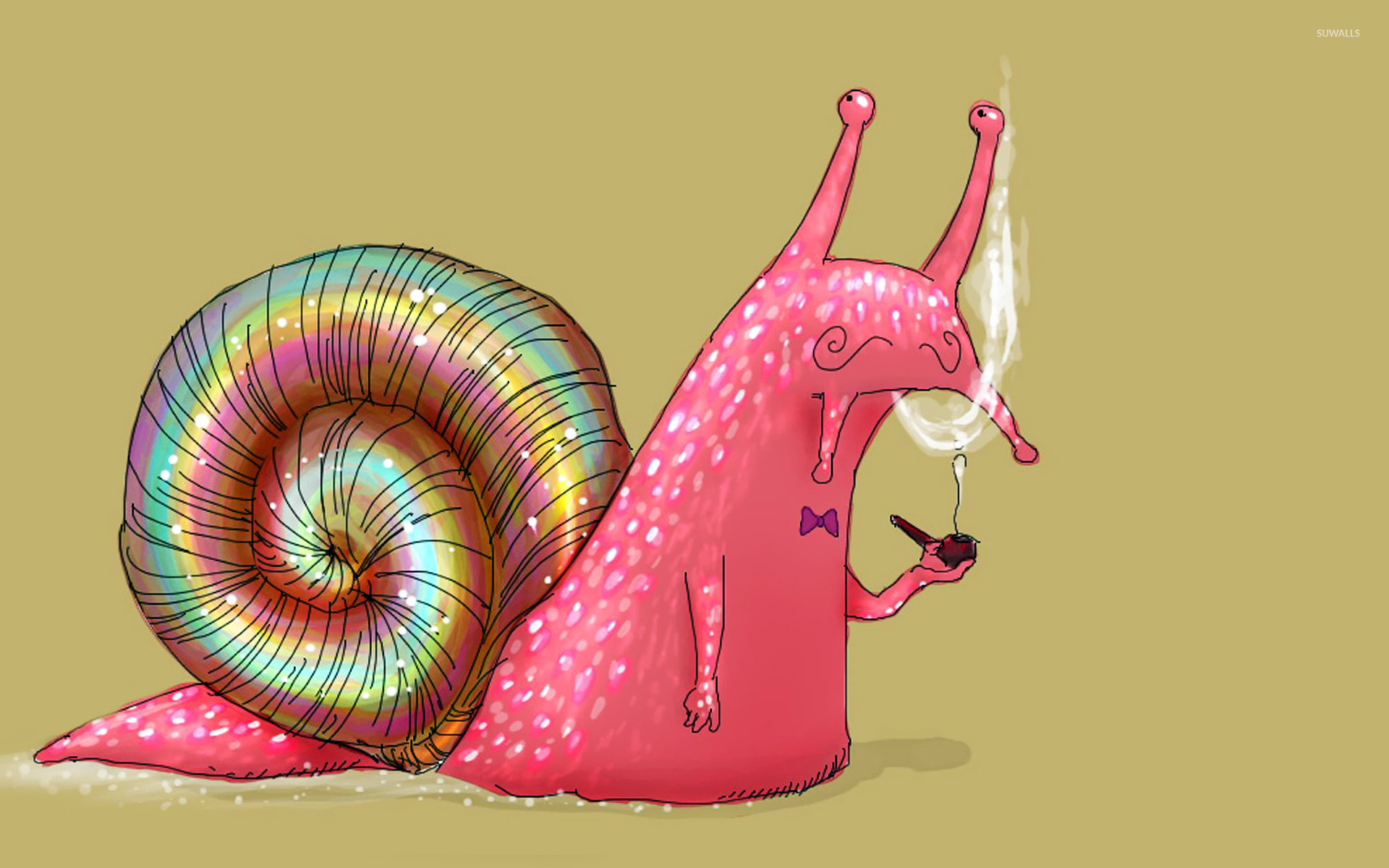
Memory transfer is a common theme in science-fiction movies. But the achievements of scholars at the University of California Los Angeles (UCLA) are a reality. Researchers managed to transfer the memory from one sea snail to another. This was achieved by transferring the form of genetic information called RNA.
Researchers have been studying Aplysia sea snails for years and already know a lot about them. Many marine organisms function in the same way as mammals, but the processes that keep them alive are simply less complicated. Sea snails are no exception - their nerves carry impulses just like ours do.
These studies can lead to new ways of treating trauma and painful memories and restoring lost memories. "I think that in the not too distant future, we could potentially use RNA to alleviate the effects of Alzheimer's disease or PTSD," said Professor David Glanzman of UCLA, author of the study published in the eNeuro journal.
RNA, in other words, ribonucleic acid is widely known as a cellular transmitter that produces proteins and makes DNA instructions to other parts of the cell. It also has many other important functions depending on the nucleotide sequence from which the given molecule is built.
During the research, the scientists submitted one group of marine snails to mild electrical shocks. Snails received five shocks - one every 20 minutes, and then five consecutive 24 hours later. The shocks were aimed at improving the snail's defense reflexes. When the researchers touched the snails after applying the shocks, they found that those that had been treated with electricity reacted with a defensive contraction lasting an average of 50 seconds. However, those that were not subjected to shock therapy reacted with a contraction for only about one second.
Researchers extracted RNA from the nervous system of snails after electric shocks the next day after the second series of shocks. They applied the same treatment to snails that had not been subjected to electric shocks. Subsequently, RNA obtained from the first group of snails was injected with seven sea snails, which did not receive any shocks. RNA from the second group was injected into the control group of seven other snails, which also did not receive any shocks.
Researchers found that seven snails that received RNA from their shaken colleagues behaved as if they themselves were shaken. The defensive contraction lasted 40 seconds on average. "It's as if we carried their memory," said Glanzman. As expected, the snail control group did not show a long defense response time.
RNA extracted from snails after shocks was also tested in a different way. On the petri dishes containing neurons extracted from various snails, which did not receive any shocks, RNA of snails was added, which were subjected to electric shocks. Some of the dishes contained sensory neurons, while others contained motor neurons, which in the cochlea are responsible for the defense reflex.
Sensory neurons that received shocks became more excitable. Interestingly, the researchers found that adding RNA from snails subjected to shocks also increased the excitability of sensory neurons on the Petri dish. The RNA of non-shaken snails did not increase the excitability of neurons.
It is believed that memories are stored in synapses. Each neuron has several thousand. Glanzman, however, has a different view. He believes that memories are stored in the nucleus of neurons. "If memories were stored in synapses, there would be no way our experiment would work," Glanzman admitted.
The cellular and molecular processes in humans and marine gastropod seem to be very similar, although the snail has about 20,000 neurons in the central nervous system, and humans have about 100 billion of them.
Researchers at UCLA believe that in the future their research can be used to restore memories dormant in the early stages of Alzheimer's disease. They can also help people suffering from post-traumatic stress disorder. There are many types of RNA, and in future studies, Glanzman wants to identify those RNAs that can be used to transfer memories.
Congratulations @marcelowy16! You received a personal award!
Click here to view your Board
Downvoting a post can decrease pending rewards and make it less visible. Common reasons:
Submit
Congratulations @marcelowy16! You received a personal award!
You can view your badges on your Steem Board and compare to others on the Steem Ranking
Vote for @Steemitboard as a witness to get one more award and increased upvotes!
Downvoting a post can decrease pending rewards and make it less visible. Common reasons:
Submit